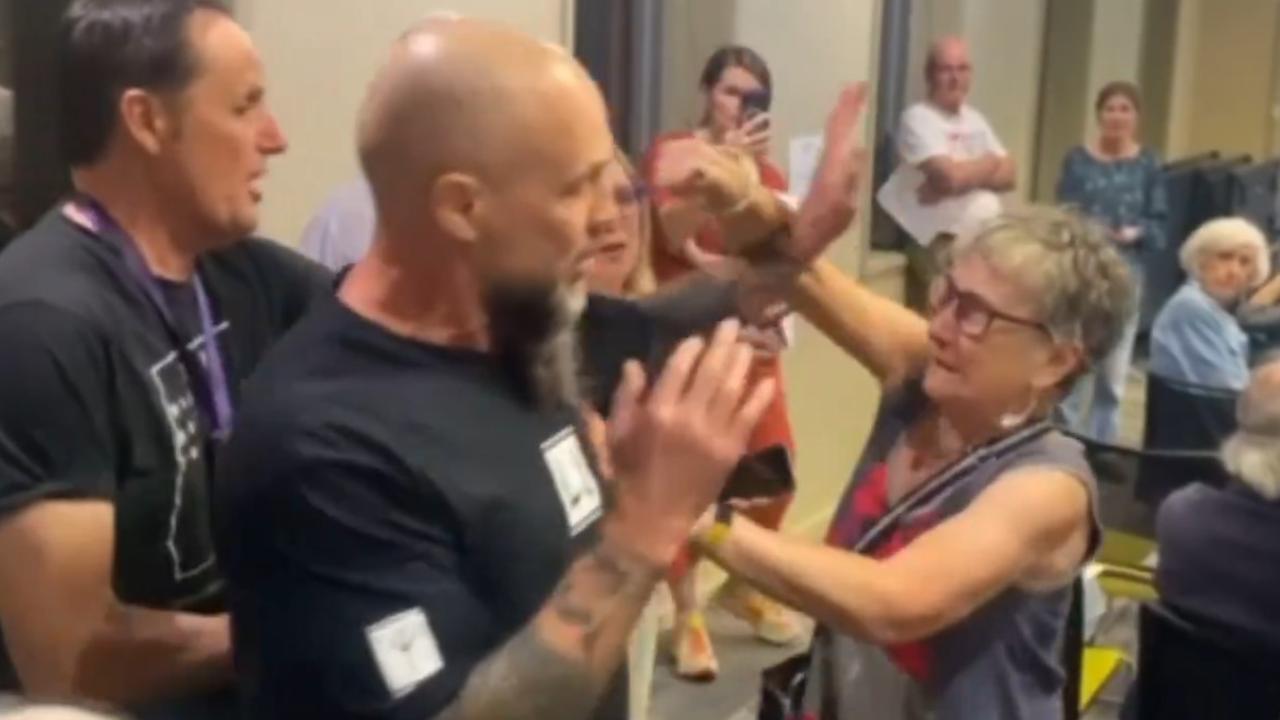What happened to Turnbull Government’s first home super saver scheme?
IT WAS unveiled with so much fanfare in the Budget, but if home buyers plan to use the government’s big housing solution, they will be taking a huge risk.

National
Don't miss out on the headlines from National. Followed categories will be added to My News.
IT WAS unveiled with much fanfare in the Budget as the Turnbull Government’s answer to housing affordability but first home buyers will be taking a risk if they start putting money into their super for a home deposit.
On Budget night Treasurer Scott Morrison spruiked the benefits of the scheme, which would allow first home savers to accelerate their savings by at least 30 per cent.
Dubbed the “First Home Super Savers Scheme” it was originally expected to begin operation on July 1 but a Treasury spokesman confirmed to news.com.au that the measure had not yet been legislated.
“The Government is working through detailed design issues in the course of developing the legislation,” the spokesman said.
He said the government would soon consult publicly on a fully developed design of the scheme.
However, even though the scheme has not yet been introduced into parliament, the spokesman said from July 1 individuals could make voluntary contributions of up to $15,000 per year and $30,000 in total, to their superannuation account to purchase a first home.
“From 1 July 2018, individuals will be able to apply to withdraw voluntary contributions made to super after 1 July 2017 for a first home deposit,” he said.
This allows people to start putting extra money into their super but there is a risk that if the scheme does not get passed in parliament, savers may not be able to withdraw their funds.
Under the scheme, contributions and earnings would only be taxed at 15 per cent, rather than marginal rates. When savers withdraw their money, it would be taxed at 30 per cent below their marginal rate.
According to government calculations, someone on a $60,000 annual salary who sacrificed $10,000 of their pre-tax income into their super each year over three years, would have $25,760 to put towards a house deposit after that time. This would be $6240 more than they would have saved in a standard deposit account over three years.
Those who don’t mind taking the risk and want to start saving now should contact their employer’s payroll and fill in a form to make voluntary contributions to their super.
They can also make personal contributions into their super from their after-tax money.

The Australian Taxation Office has been given the responsibility of administering the scheme and deciding whether someone is eligible to withdraw funds later for a home deposit.
Despite signs that the housing market is beginning to cool — with a decline in mortgage applications and the number of homes up for auction in many cities including Sydney and Melbourne — house prices still rose in those cities except for Perth where they remained steady.
In Sydney, prices rose 12.2 per cent over the past year, the fifth successive year in which values rose and pipped the 11.3 per cent of a year earlier.
Melbourne also recorded price gains of 13.7 per cent, the greatest increase over a financial year since 2009/10.
charis.chang@news.com.au | @charischang2
Originally published as What happened to Turnbull Government’s first home super saver scheme?


